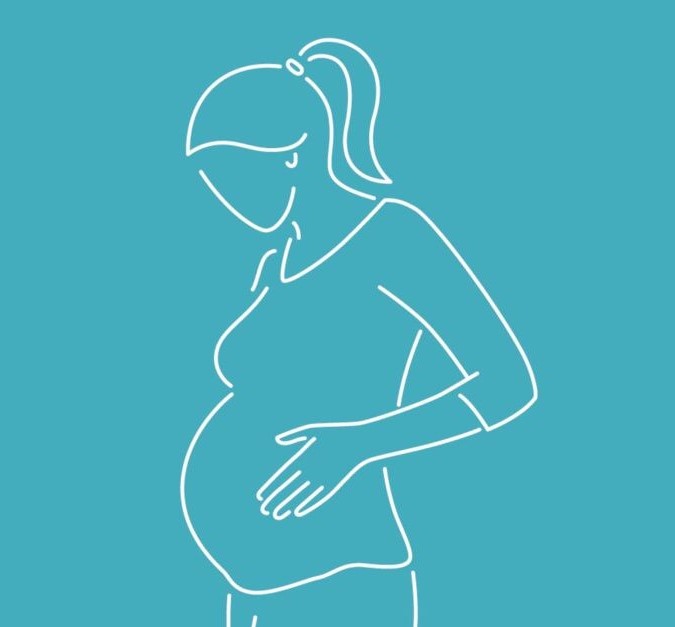Some women develop pelvic pain in pregnancy. This is sometimes called pregnancy-related pelvic girdle pain (PGP) or symphysis pubis dysfunction (SPD).
PGP is a collection of uncomfortable symptoms caused by a stiffness of your pelvic joints or the joints moving unevenly at either the back or front of your pelvis.
PGP is not harmful to your baby, but it can be very painful and make it hard to get around.
During pregnancy our body releases a hormone called relaxin which softens our ligaments. This is to allow the baby to pass through the pelvis during birth. Normally, lax ligaments in the pelvis during pregnancy do not cause an issue, however uneven movement in the pelvic joints (often termed “misalignment”) or imbalance in the muscles can cause irritation to the joints of the pelvis, resulting in pain.
Some women feel or hear a clicking or grinding in the pelvic area.
The pain can be worse when you’re:
– Walking
– Going up or downstairs
– Standing on 1 leg (for example, when you’re getting dressed)
– Turning over in bed
– Moving your legs apart (for example, when you get out of a car)
What can be done?
– Go and see a chiropractor! Highly safe and effective evidence-based options for pregnant and postnatal women suffering from low back and pelvic girdle pain.
– Sleep, sit and stand ‘square’ – try to avoid putting more weight on one leg or one bum cheek which can create unequal forces through the pelvis. Place a pillow between your knees and under your belly when sleeping to keep your pelvis and spine square while you snooze
– Ditch the high heels!!
– Vary your positions frequently – try not to get stuck in one position for more than 30 minutes at a time.
– Sit to dress and undress.
– Try to keep your knees together when getting out of the car – use a plastic grocery bag under your bum in the car. This will allow you to twist freely toward the door while keeping your legs together so that you can then use both legs evenly to stand up.
– Avoid lifting heavy objects, like your toddlers!!

